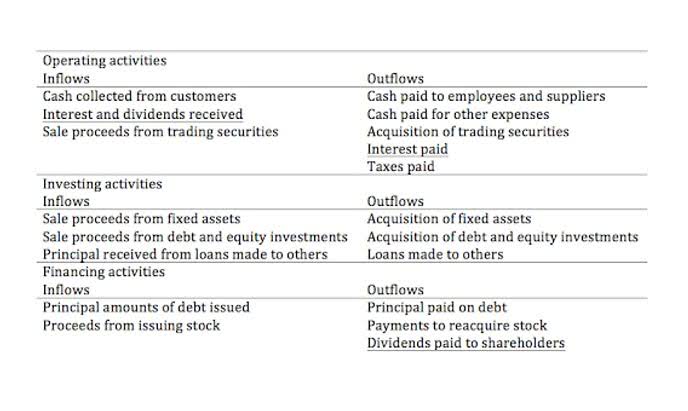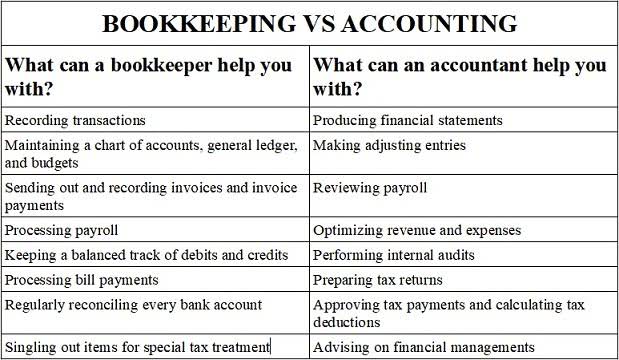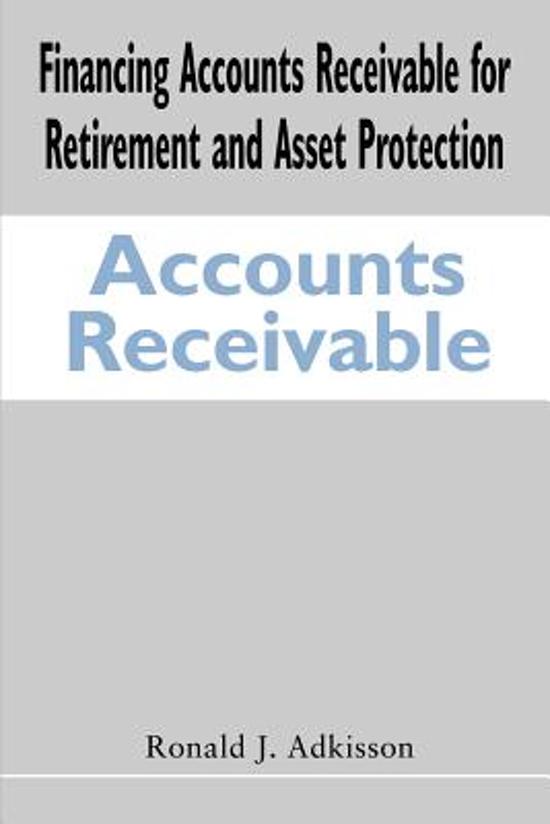Those using Thomson Reuters GoFileRoom or FileCabinet CS can automatically save the completed return directly without leaving the application. Used by the top 100 CPA firms, Thomson Reuters GoSystem Tax RS is the market leader for corporate tax departments. The software serves clients filing all return types — including multitiered consolidated corporate returns, life insurance returns (including mixed group filings), and tax equalization returns. Because all work is handled online, you’ll pay less in maintenance costs, face fewer storage issues, and rest easy with assured business continuance. GoSystem Tax RS is best suited for larger firms or corporate tax departments who are tasked with preparing complex tax returns for a variety of clients.
- Enhance your tax workflow experience with Thomson Reuters Professional Services and Thomson Reuters Partners.
- For more complex tax workflows, we offer the ability to customize an API solution that fits your business best.
- Save time on return filing by letting our solutions import in real time hundreds of partners into a partnership return or update a specific value within the tax return using live APIs.
- Live APIs are currently available for the following tax forms, 990, 1040, 1041, 1065, and 1120.
The application also offers top-notch integration with other CS Professional Suite applications that increase functionality tremendously. https://quickbooks-payroll.org/ Tax RS pricing is customized for each firm, starting at around $4,000 annually for a single-user system. GoSystem Tax RS from Thomson Reuters is part of the CS Professional Suite of applications. Available exclusively online, GoSystem Tax RS was one of the pioneers of online tax compliance, with firms able to access the application using an online virtual office or as a SaaS application.
Live Web Demos
GoSystem Tax RS offers complete integration with other CS Professional Suite applications which include Accounting CS, Workpapers CS, Trial Balance CS, Write-Up CS, and both FileCabinet CS, and GoFileRoom, mentioned earlier. GoSystem Tax RS has a minimalist approach, using intuitive user entry screens that are populated only with necessary features and functions. GoSystem Tax RS makes good use of tax organizers, allowing users to access the client organizer or the tax forms. The QuickTrack feature offers access to organizer details, with a series of links available for quick access to a particular area within the organizer.
Join us as we explore the future of tax automation, and gain valuable insight into staying ahead of the curve in recruiting and retention. Sign up for industry-leading insights, updates, and all things AI @ Thomson Reuters. Enhance your tax workflow experience with Thomson Reuters Professional Services and Thomson Reuters Partners.
Manage workpapers, access research and guidance
You’ll also see how MyTaxInfo virtually eliminates transcription errors, ensures accuracy, improves speed and efficiency, and how it can be customized for your firm and client needs thanks to its complete integration with GoSystem Tax RS. This website is using a security service to protect itself from online attacks. There are several actions that could trigger this block including submitting a certain word or phrase, a SQL command or malformed data. Process individual, corporate, and partnership returns with timesaving tools, such as the Allocation and Apportionment module.
Create integration with your own applications by embedding the GoSystem Organizer and Tax Form view in an interactive iFrame. By submitting this form you are acknowledging that you have read and agree to our Privacy Statement. Find all the help you need, right here — including technical support, training, and advice from other Thomson Reuters Onvio customers like you. Get a close-up look at GoSystem Tax RS through one of our in-depth demos conducted by our technical product specialists.
Implementing GoSystem Tax APIs is as easy as picking from our standard out of the box and ready to go solutions with no developer experience needed. For more complex tax workflows, we offer the ability to customize an API solution that fits your business best. GoSystem Tax RS also integrates with a variety of third-party applications which include EMC Documentum, SurePrep, and Copanion, which all use OCR processing technology. Integration with Checkpoint, PPC Deskbooks, and Partner Bridge is also available. A good fit for larger accounting firms as well as corporate tax departments, GoSystem Tax RS is equipped to handle the complex corporate returns, life insurance … Tackle the most complex tax returns, such as multitiered consolidated return processing for corporations and partnerships.
Featured Products
Integrate with partners such as HubSync to automate, simplify, and streamline the tax process for your firm. Live APIs are currently available for the following tax forms, 990, 1040, 1041, 1065, and 1120. Cryptocurrency tax reporting software that streamlines the compliance small business accounting software for mac with payroll workflow process. Protect your data with multiple layers of security, including network security, virus protection, encryption schemes, and more. Make sure to request for Service Account based Company and Company App set up when requesting TR for your client id and secret.
A variety of data can be imported including a trial balance, a client organizer, and tax forms. Users can also navigate directly to a specific form using the QuickForm feature, with links available to choose from numerous form options. Once a return is completed, users have the option to preview the return for errors or omissions. GoSystem Tax RS supports multiple monitors, making it easy to view various sections of a return simultaneously. If errors are found, corrections can be made directly in the organizer, with the option to refresh the return to reflect the changes.
GoSystem Tax RS also features an automatic calculation option, allowing users to view return calculations as information is entered with an option to turn the feature off if desired. These endpoints implement a JSON-based messaging structure, which allows for concise, lightning-fast requests to the GoSystem Tax product. The GoSystem Tax APIs have industry leading asynchronous APIs which allows for time consuming requests to process in the background while other requests are made. In this demonstration you’ll explore the processes for MyTaxInfo, and see how it can make the collection of tax information from taxpayers easier and more reliable.
Practice management & growth
See how GoSystem Tax RS provides a sophisticated web-based system that provides the power to handle your most complex tax scenarios. Review consolidated filings with the SubView module, which itemizes member amounts for each line of the return. Learn how policies have been implemented and designed to maximize the value of your support experience. Browse all our upcoming and on-demand webcasts and virtual events hosted by leading tax, audit, and accounting experts. Peter Walker of Berkowitz Pollack Brant shares how the firm used GoSystem Tax APIs to automate one-time data entry for 1065 federal engagements.
The product also works offline, with data synching with the core application upon reconnection. GoSystem Tax RS supports both federal and state e-filing, with users able to review, edit, and validate any completed return prior to e-filing. GoSystem Tax RS supports multiple users, making it easy for a team to work on a return simultaneously. Diagnostic messages are available throughout the application and users can click on any line in a completed return to view a complete audit trail for the amount entered.
Product Login
GoSystem Tax RS does not currently offer a portal directly within the application, though it does integrate with the NetClient CS Portal. The portal offers easy document exchange between clients and firms, with clients provided secure access to the portal, where they can upload or download documents at any time. Data importing options are also outstanding in GoSystem Tax RS, with users able to import data from just about any accounting system.
Tax return assembly & delivery automation for individual and entity returns, with a superior client experience. End-to-end tax workflow automation solutions for tax preparers and accountants. Beginning July 31, 2023 Thomson Reuters has extended its support options to include global shared service centers located outside the United States to service you. See how GoSystem Tax RS provides a sophisticated web-based system that provides the power to handle your most complex tax scenarios.
GoSystem Tax RS offers an excellent selection of help and support options, with users able to access help files from any screen in the application. A variety of online tools and resources are also available to users through the password protected website, including access to a robust user community. Users can also utilize the Help and How-To Center for access to a searchable knowledgebase as well as the GoSystem Tax RS support page, which includes access to product updates and new releases, as well as detailed user training information. GoSystem Tax APIs enable you to automate tax workflow processes related to e-Filing, printing, and importing/exporting tax return data. Save time on return filing by letting our solutions import in real time hundreds of partners into a partnership return or update a specific value within the tax return using live APIs.











